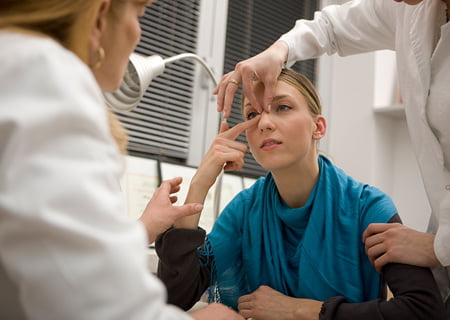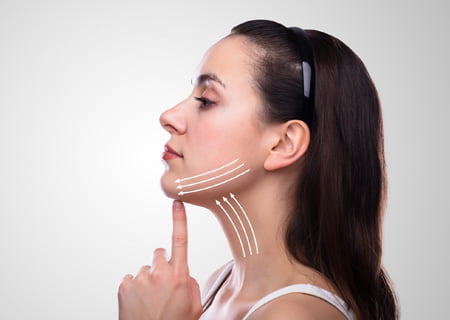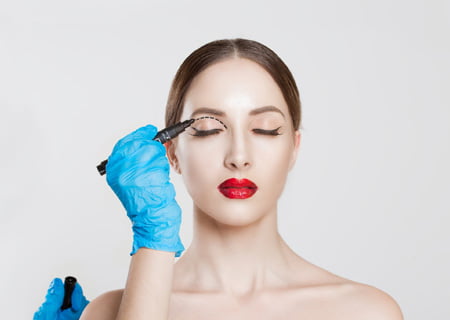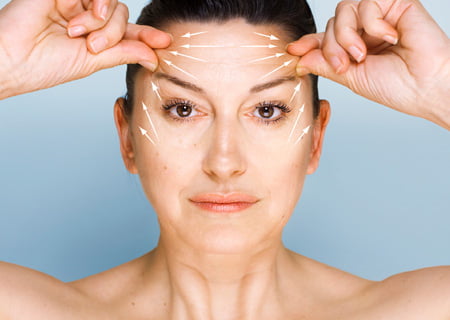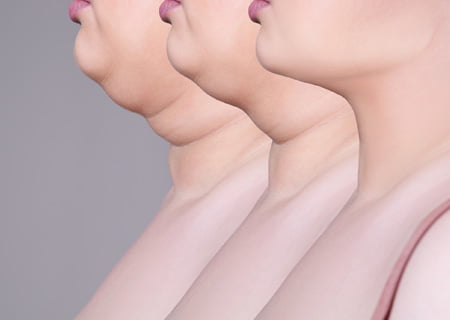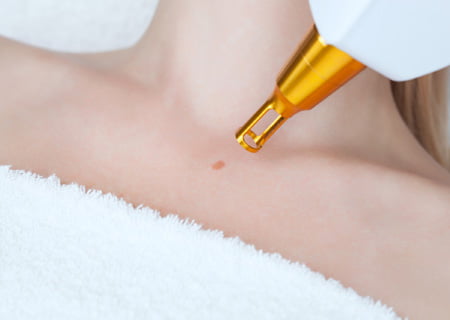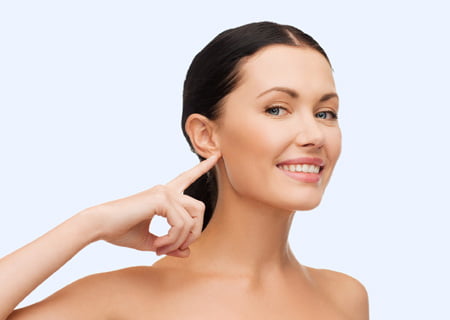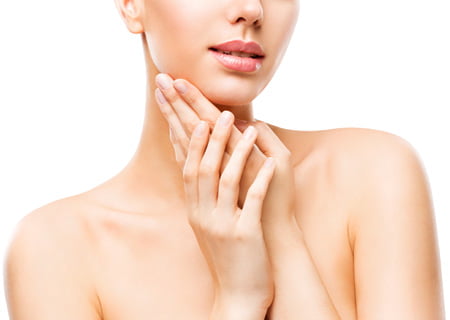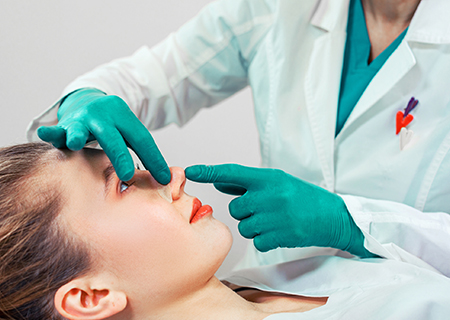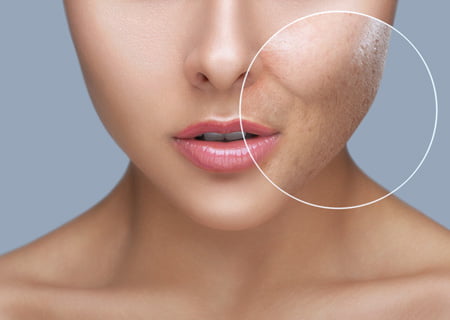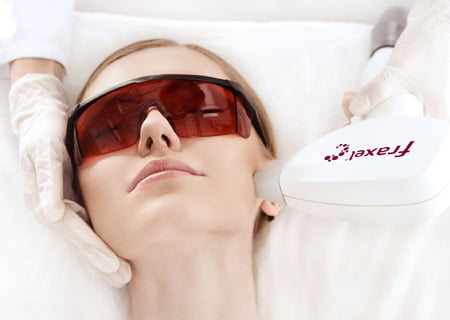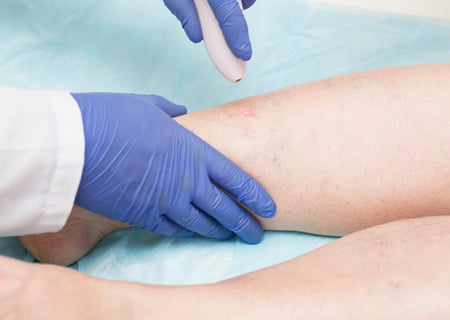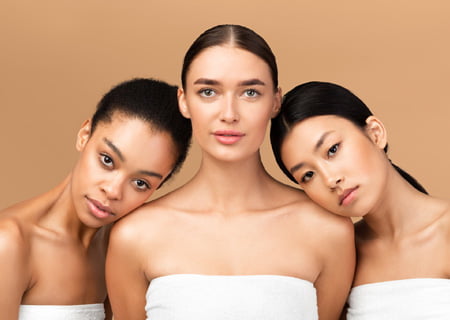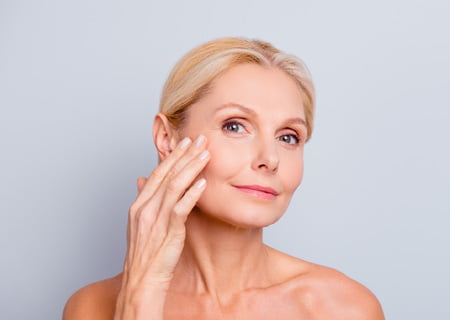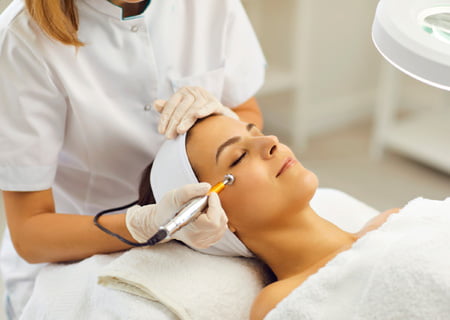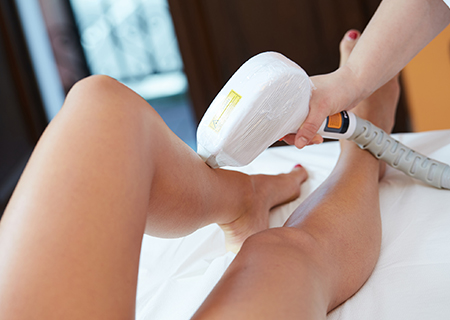Essential Skincare Tips for Fall
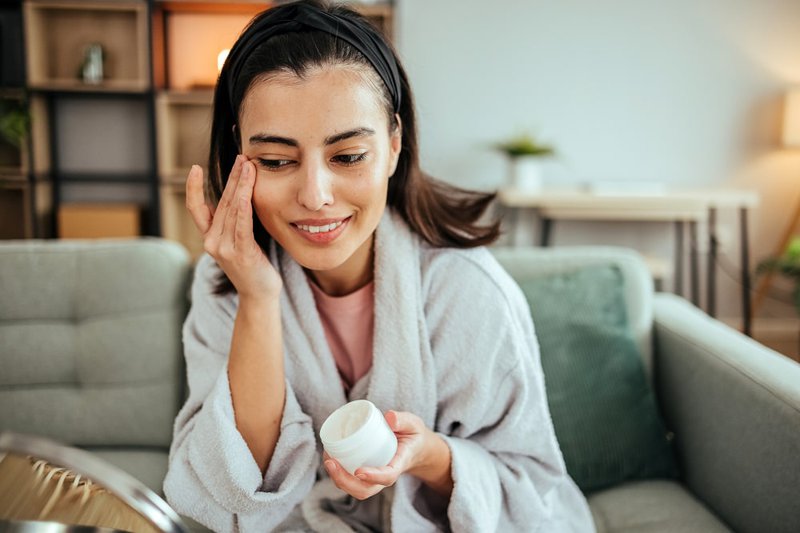
Your skin changes dramatically as the cool fall air replaces the heat of summer. Along with interior heating, the loss in humidity can cause dry, sensitive skin that is more likely to flare up. Keeping a good glow calls for changing your skincare regimen to guard against these obstacles. Rooted in regulatory safety and professional advice, these fall skincare tips will help you maintain your skin moisturized, flexible, and brilliant all through the season.
Key Takeaway : Fall's colder, drier conditions call for changes to your skincare regimen. Following Canadian and Albert rules and regulations, these fall skincare tips provide safe, efficient guidance that guarantees your skin stays glowing and healthy.
The Role of Regulations in Skincare
Skincare is closely controlled in Canada and Alberta to guarantee customer safety and its efficacy. The Food and Drug Act controls cosmetic sales and labelling and mandates that all products satisfy high safety criteria. Moreover, any sophisticated therapies have to be carried out under Alberta's rigorous licensing system by qualified experts.
People also search
By following these tips, you can confidently maintain your skin while adhering to these important standards.
Table: Key Fall Skincare Tips
| Skincare Aspect | Recommendation | Regulatory Note |
|---|---|---|
|
Cleanser |
Switch to a hydrating cleanser with glycerin or ceramides. |
Ensure the product complies with Health Canada's cosmetic regulations. |
|
Moisturizer |
Use a richer moisturizer containing hyaluronic acid or shea butter. |
Verify the product meets Canadian safety standards. |
|
Sunscreen |
Continue using broad-spectrum SPF 30+ daily. |
Sunscreens must adhere to Health Canada's safety and efficacy standards. |
|
Exfoliation |
Opt for gentle exfoliants like lactic acid; limit to 1-2 times per week. |
Avoid unregulated scrubs; ensure products are approved by Health Canada. |
|
Serums |
Incorporate hydrating serums with hyaluronic acid or antioxidant serums with vitamin C. |
Check that active ingredients are clearly listed and comply with regulations. |
|
Humidifier Use |
Use a humidifier to maintain indoor humidity between 40-60%. |
Not applicable. |
|
Lip and Hand Care |
Apply balms with beeswax for lips and creams with glycerin for hands. |
Choose products labeled as fragrance-free that meet Canadian regulations. |
|
Natural Skincare |
Use natural ingredients like aloe vera and honey; ensure they are safe. |
Even natural products must comply with Health Canada's cosmetic regulations. |
|
Professional Consultation |
Consult licensed dermatologists for conditions like eczema or rosacea. |
In Alberta, advanced treatments must be performed by certified professionals. |
|
Nighttime Routine |
Use overnight creams with peptides or retinol for skin repair. |
Retinol products must adhere to Canadian concentration limits for safety. |
Note: Always verify that skincare products comply with Health Canada's regulations to ensure safety and efficacy.
1. Switch to a Hydrating Cleanser
The cleanser you used all summer may no longer serve your skin in the fall. While foamy or gel-based cleansers work well in hot and humid conditions, they can actually rob your skin of its natural moisture as the weather becomes colder. Make the switch to a mild cleanser that will remove makeup and grime without stripping your skin of its natural oils or creams.
Look for ingredients like:
-
Glycerin
: Helps attract water to the skin.
-
Ceramides
: Reinforce the skin’s barrier.
Regulatory Note : Make sure your cleanser meets Health Canada's cosmetic guidelines, especially if it claims to be "natural" or "organic."
2. Don’t Underestimate Moisturizing
Your skin loses moisture as the temperature falls. In summer, a lightweight moisturizer could have been sufficient; but, now is the time for a deeper solution. Excellent for locking in moisture are products with hyaluronic acid, shea butter, or ceramides.
Pro Tip : To get the most from moisturizer, apply it to gently wet skin following cleaning.
Target trouble areas including your knees, elbows, and feet as fall dryness is common in these parts. One great supplement for these areas is a body butter.
3. Continue Using SPF
Maintaining sunscreen in your regimen is among the top skincare tips available. UV radiation remains a major hazard even with colder temperatures, which accelerates aging and causes hyperpigmentation. Apply a broad-spectrum sunscreen with SPF 30 or greater everyday, even on overcast days.
Reminder : Sunscreens sold in Canada are subject to rigorous regulation by Health Canada to ensure they are both safe and effective. Verify labels for conformity at all times.
4. Exfoliate — but Be Gentle
Getting rid of dead skin cells that gather faster in fall depends on exfoliation. Overdoing it, nevertheless, can compromise the protective barrier of your skin. Choose a mild exfoliator using lactic acid or enzymes to clear your skin without aggravating it.
Frequency:
- Normal skin: 1-2 times per week.
- Sensitive skin: Once per week, using a mild formula.
Safety Tip : Avoid unregulated scrubs, especially those containing microbeads, which are banned in Canada.
5. Layer Up with Serums
Serums can provide targeted solutions to fall-specific concerns, such as dryness and dullness. A hydrating serum with hyaluronic acid or an antioxidant serum with vitamin C can make a significant difference.
Layer serums under your moisturizer to enhance their absorption and efficacy.
Quick Note : Canadian regulations require all active ingredients in serums to be clearly listed. Choose products that are transparent about their contents.
6. Invest in a Humidifier
Dry skin can be a side effect of using an indoor heating system, which draws moisture from the air. One simple, efficient way to address this is using a humidifier. To keep your skin moisturized, go for an indoor humidity range of 40–60%.
7. Pay Attention to Your Lips and Hands
With thinner skin and less oil glands than other parts of your body, fall's dry air may wreak havoc on your lips and hands.
- Lips : Use a balm containing beeswax or lanolin.
- Hands : Apply a rich cream with glycerin or shea butter after washing.
Regulatory Note : In particular, if a product claims to be hypoallergenic or fragrance-free, you should seek for a Canadian certification.
8. Embrace Natural Skincare
Natural skincare tips can accentuate your autumn regimen for individuals who like a more all-encompassing approach. Under Health Canada's rules, ingredients such honey, oats, and aloe vera are not only nutritious but also safe.
DIY Mask Ideas:
- Hydrating Honey Mask : Mix honey with yogurt for a soothing treatment.
- Oatmeal Mask : Combine oatmeal and warm milk to calm irritated skin.
Reminder : Even natural products must meet regulatory standards to ensure they’re safe for use.
9. Address Seasonal Skin Concerns
Fall temperatures can aggravate rosacea, psoriasis, or eczema—all chronic skin disorders. See a licensed skincare expert or dermatologist if you get flare-ups.
Certified Alberta practitioners may suggest therapies compliant with local rules, therefore guaranteeing safe and successful outcomes.
10. Focus on Nighttime Repair
Your skin regenerates at night, hence this is the ideal time to use nouraging treatments. To help your skin heal from daily environmental stresses, including an overnight mask or heavier night cream.
Ingredients to look for:
- Retinol : Encourages cell turnover.
- Peptides : Boost collagen production.
Note : Retinol products sold in Canada must adhere to strict concentration limits for safety.
11. Hydrate from the Inside Out
In fall as much as in heat, drinking enough water is really vital. Match your efforts at hydration to a diet high in vitamins, antioxidants, and omega-3 fatty acids. Foods high in resilience and glowing power include salmon, avocados, and sweet potatoes.
12. Plan Ahead for Winter
Fall is the ideal season to be ready for the more severe weather to come. Start using more weighty moisturizers and think about scheduling a professional facial with a licensed aesthetician.
Pro Tip : In Alberta, all advanced skincare treatments must be performed by licensed professionals to ensure safety and compliance.
Final Thoughts
Maintaining good, radiant skin depends on adjusting your skincare regimen to the seasons. These beauty and skincare tips not only guard your skin against fall's problems but also guarantee compliance with Canada and Alberta's rigorous cosmetic rules.
Including these autumn skincare tips into your regimen will help you to boldly embrace the season. See a licensed professional for tailored treatment to get the greatest outcomes.
References
Government of Canada. (1985). Food and Drugs Act (R.S.C., 1985, c. F-27). Retrieved from https://laws-lois.justice.gc.ca/eng/acts/f-27/
Health Canada. (2023). Regulatory information for cosmetics . Retrieved from https://www.canada.ca/en/health-canada/services/consumer-product-safety/cosmetics/regulatory-information.html
Health Canada. (2023). Cosmetic safety . Retrieved from https://www.canada.ca/en/health-canada/services/cosmetics.html
Health Canada. (2023). Notification of cosmetics . Retrieved from https://www.canada.ca/en/health-canada/services/consumer-product-safety/cosmetics/notification-cosmetics.html
Health Canada. (2023). Cosmetic Ingredient Hotlist: Prohibited and Restricted Ingredients . Retrieved from https://www.canada.ca/en/health-canada/services/consumer-product-safety/cosmetics/cosmetic-ingredient-hotlist-prohibited-restricted-ingredients.html
Health Canada. (2023). Good Manufacturing Practices (GMPs) for Cosmetic Products . Retrieved from https://www.canada.ca/en/health-canada/services/consumer-product-safety/cosmetics/regulatory-information/good-manufacturing-practices.html
